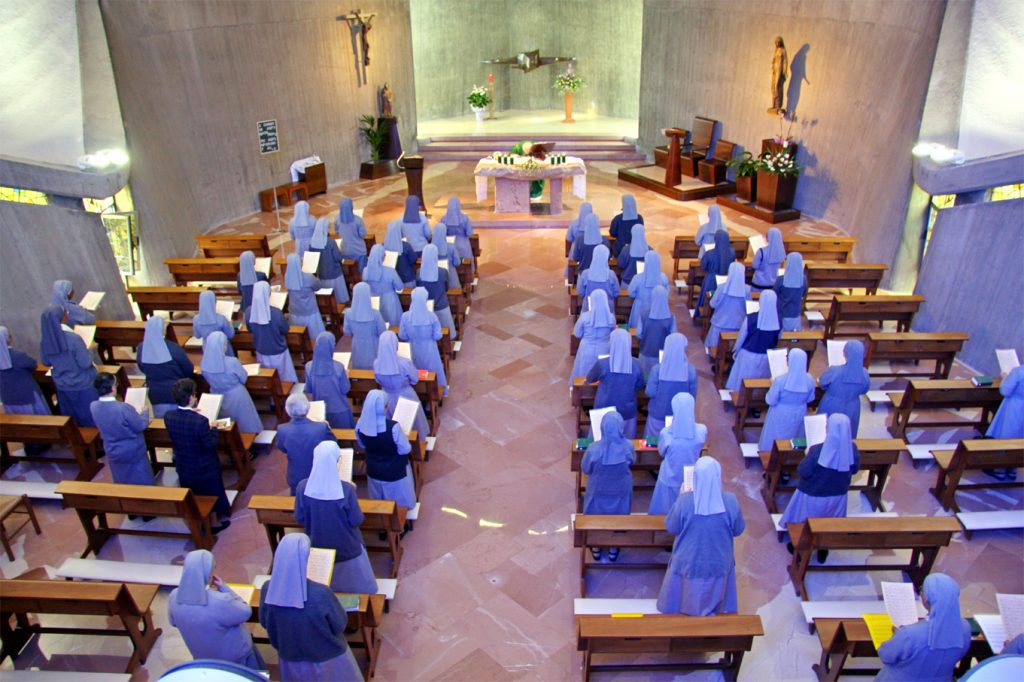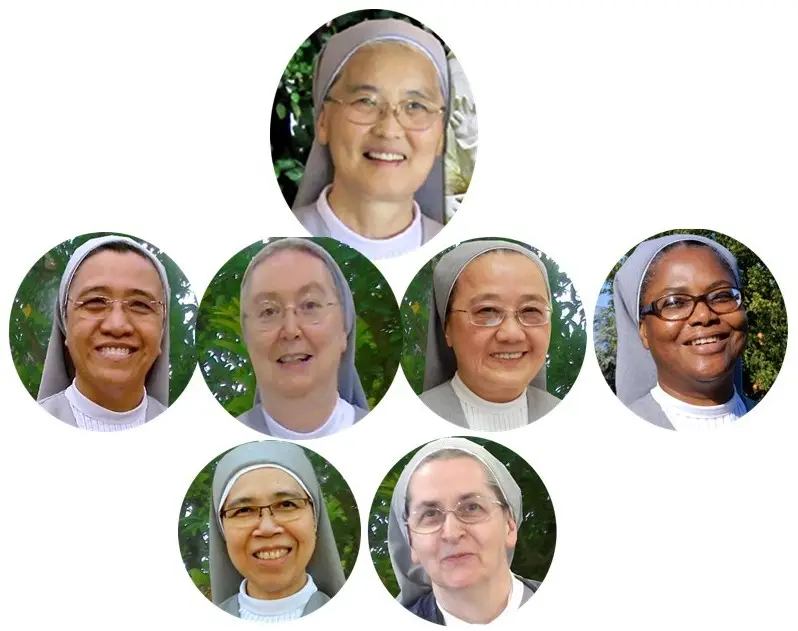
General Administration
A service in imitation of Christ, the Servant.
Book of Life, Chapter 10, article 74 p. 94
We draw our inspiration to be able to devotedly deliver the finest possible mission of charity from Our Lord and Master, JESUS CHRIST
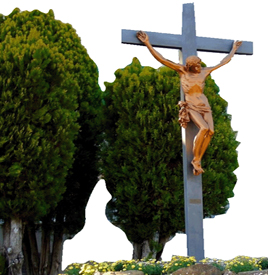
Our Lord and Master
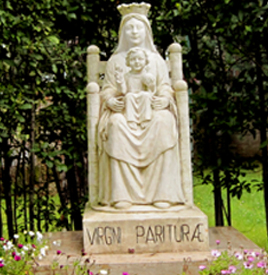
Our Model
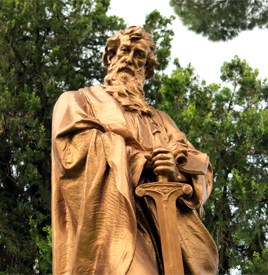
Our Patron
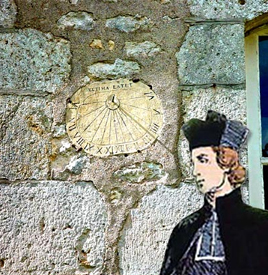
Our Founder

A service in imitation of Christ, the Servant.
Book of Life, Chapter 10, article 74 p. 94




Road Towards Easter
Commentary on the Book of Life
Sisters of St. Paul of Chartres

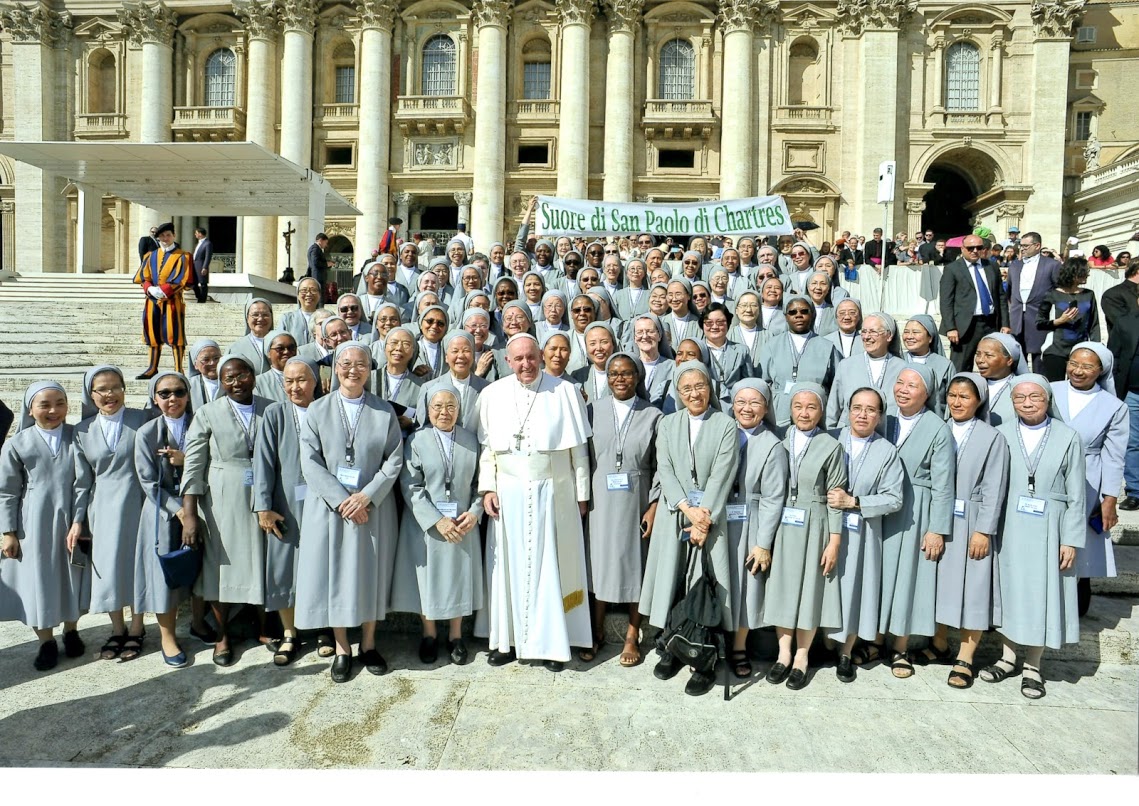
The Sisters of St. Paul of Chartres meet Pope Francis
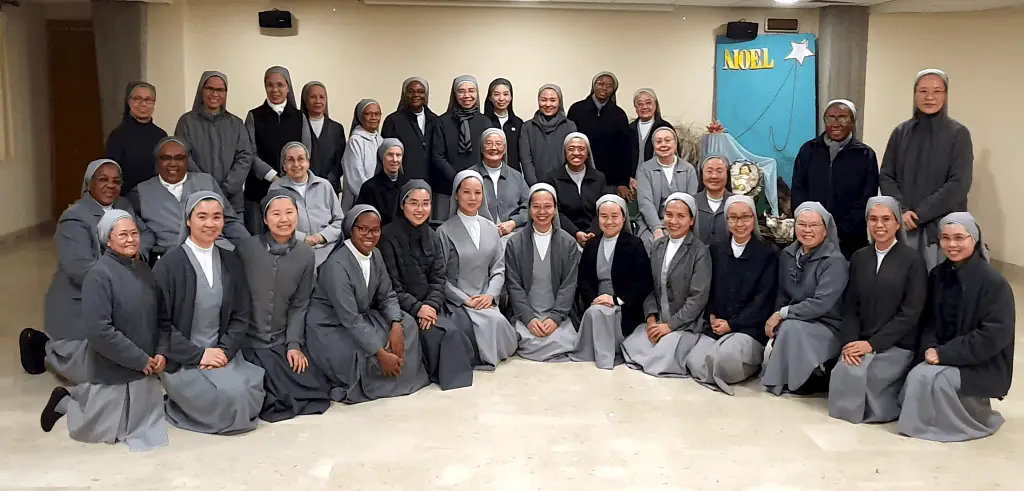
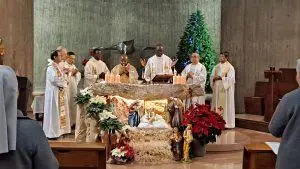
They celebrate Mass with the Sisters in the Generalate.
Each one is the living stone of an edifice which is continually growing in Christ.
The Sisters have been in Italy since 1924, having come to Rome to organize the Missionary Exhibition at that time. They later received the authorization to stay on provisionally in 1930. A short time afterward they settled down at Torpignattara, a new suburb on the outskirts of Rome. As usual, the sisters started by founding a children’s Home, set up a youth center and organized visits to the sick.
Later on, the General Chapter of 1959 decided that the general administration of the congregation would be moved from Chartres to Rome. The newly elected Superior General, Mother Marie Paul Bord, went to Rome with Madre Emilia and others to look for suitable land. Afterward, a large part of a farm and part of its farm buildings were purchased in 1961. This was in an open country 8 kilometers from the Vatican in Vignaccia, which lays between Rome and the Leonardo da Vinci Airport.

On April 14, 1962, the first contigent, led by Mother Renee de la Croix, left Chartres for Rome by train and settled in Torpignattara to start the work in Via della Vignaccia. Then, on May 31, 1962, the ‘red’ house was blessed by His Eminence, Cardinal Tisserant.
After the 1965 General Chapter, which was held in Chartres, the decision was made that it was time to start planning a new building for the Generalate. Finally, on October 20, 1968, Cardinal Tisserant, who was the Cardinal Protector of the Congregation blessed the last edifice of the Generalate.
Blessed by Eugene Cardinal Tisserant
October 20, 1968
The CHAPEL lends itself as a symbol of several realities:
1. Tent: this was the idea of the architect in as much as the two peaks were originally designed to be of the same height. However, while the construction was in progress he had second thoughts and was inspired to effect a change —an upward sweep towards the sky, with the Cross at the top.
It seems that this change does not detract from the impression of a tent.
At this point it is logical to think of the sanctuary as the Holy of Holies and the tabernacle reminds one of the Ark of the Covenant.
These considerations coincide with the architect’s mind that the white marble band (quarried, like the rose flooring, from Assisi) starting from the sanctuary is a symbol of the river of living water flowing from the Temple.
2. Boat: the interior of the chapel is “void.” Not a single pillar supports the vault. There is ample space for prayer, for contemplation in the light reflected by the stained glass windows.
In this instance the tabernacle makes one think of a rudder or a knot (more of a bow tie perhaps than of a cable knots) in the sense of link, of vital center — the Eucharist is the center of life.
The chapel could also symbolize the “Dromadaire” the ship that brought our Sisters to Guiana, Cayenne in 1727.
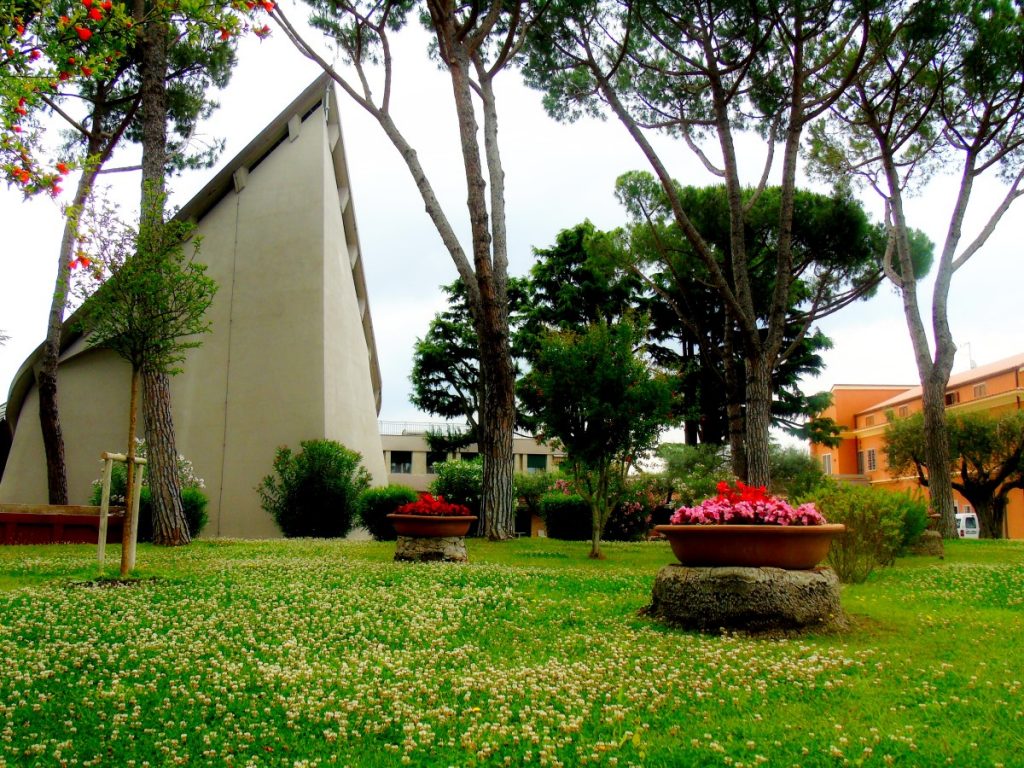
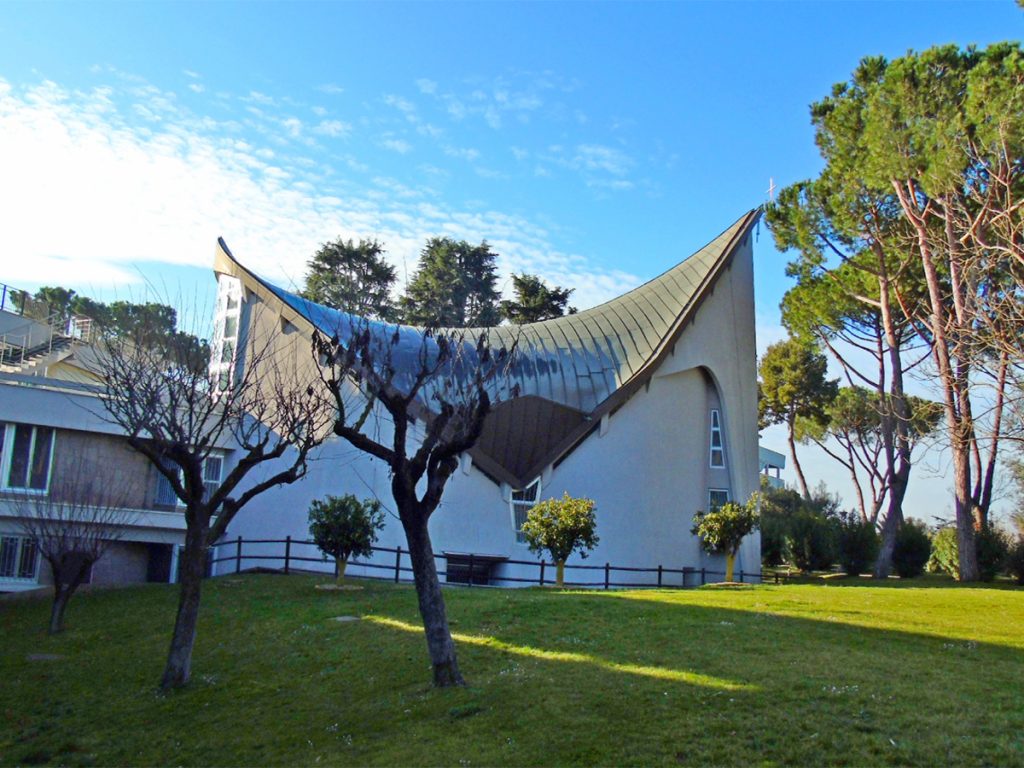
The altar table is a single slab of raw marble not wrought or refined by human hands save for its extraction from the quarry and the smoothened portions (on which the liturgical vessels are placed and as protection for the liturgical vestments). The altar, therefore, is in its “pristine state.”
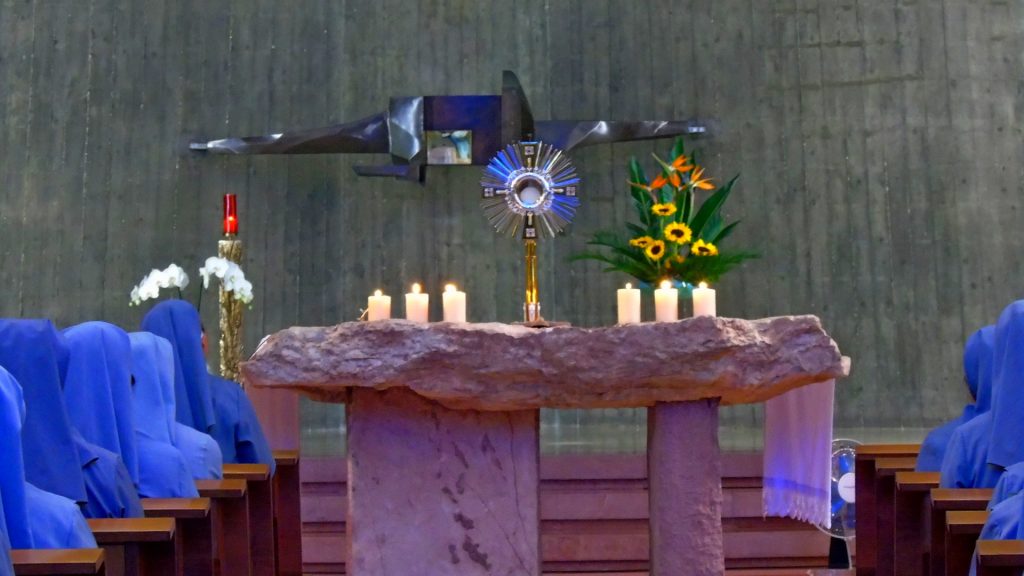
The bay windows are of “Chartres blue” signifying the bond between Rome and Chartres. Our architect wanted it to be of Cistercian pattern executed by Mr. Loire, master glass artist in Chartres. There are the lateral windows, especially the “cordon” originating from the bay windows, with a great deal of blue, and finishing off at the peak with yellow gold.
This upward sweep towards the light in the gold of the setting sun signifies celestial glory, the ascent towards eternal light. It is very striking. The sun plays an important role for this chapel.
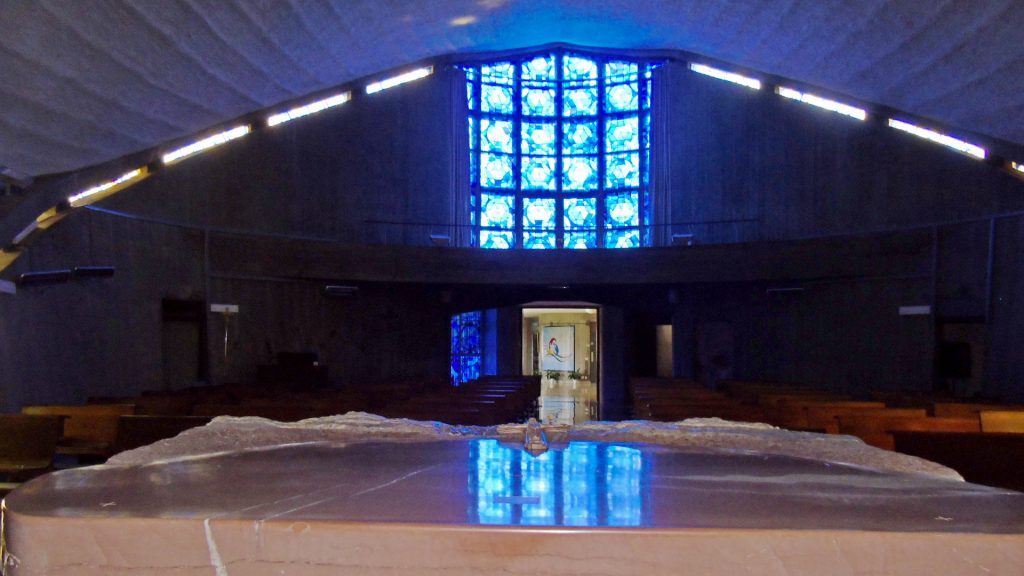
Among the visitors who came to visit the chapel was a priest who, one day, I brought a group and gave a marvelous description, for he was well acquainted with our chapel. Here is what he said:
“One day I discovered your chapel. I had been appointed as tourist guide in Rome for small groups. At one time I was asked this question: ‘Rome is magnificent, we have visited beautiful ancient churches. But is there no contemporary construction that is both modern and beautiful?’ Then and there I resolved to end our tour with a visit to your chapel.”
And he added: “I always start my explanation in the hall, stressing the following: the Sisters arrive from the stairs and corridors to this hall. The ceiling is low. When the chapel door is opened, one can see only the essential —the tabernacle. Concerns, work, preoccupations are left behind in the hall. On entering the chapel one becomes aware of its beauty.”
Extracts from FAX dated May 15, 1993
and a letter dated May 14, 1993
addressed by Mother Renée de la Croix to
Superior General, Mother Anne Marie Audet
